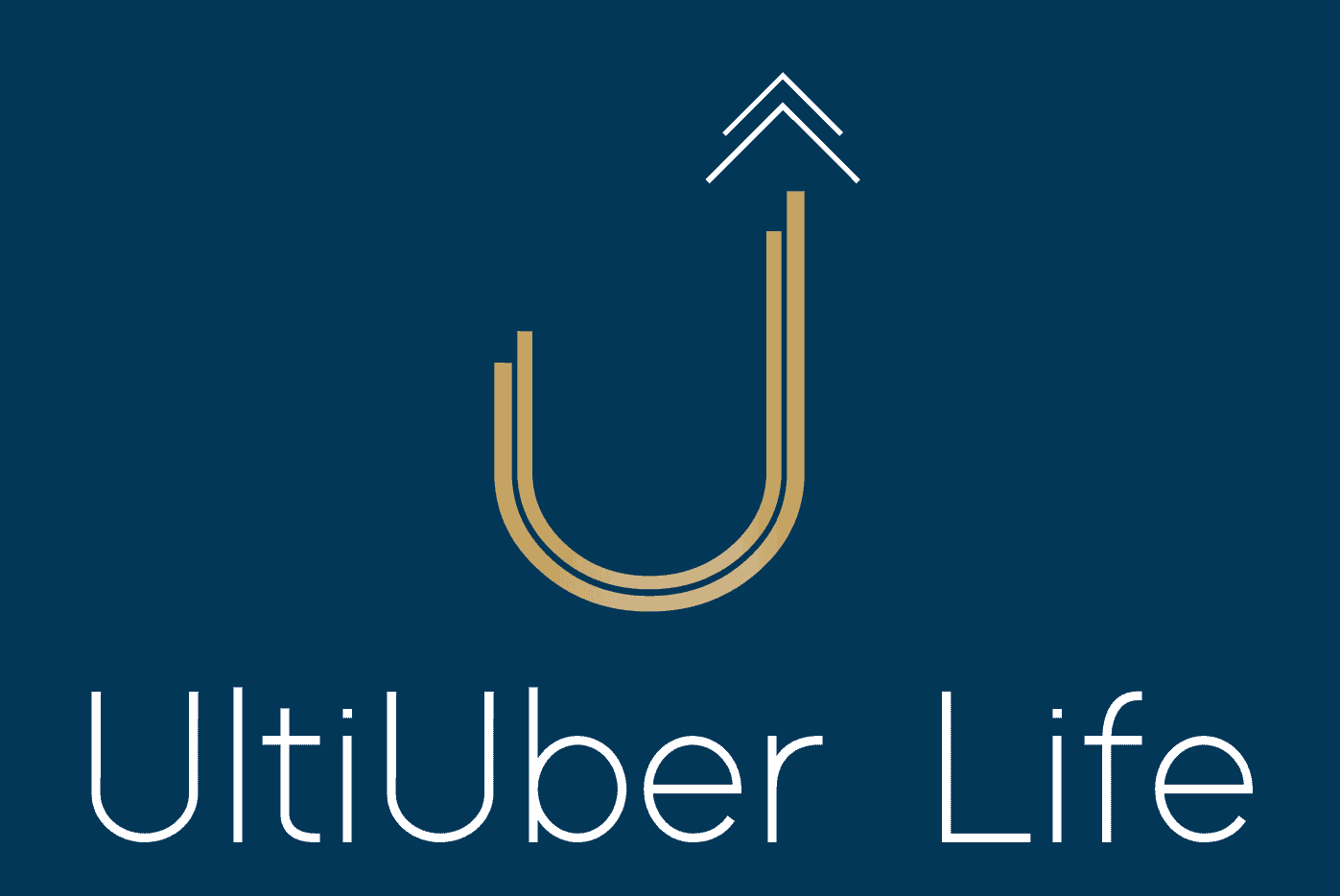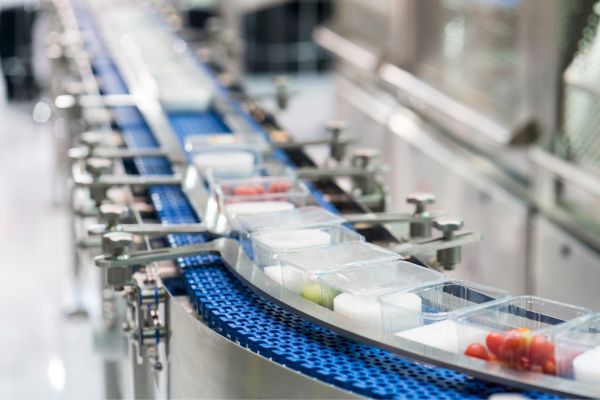The materials you use to package your food products matter. If you use unsuitable materials, it can compromise your products’ quality and safety, resulting in unsatisfied—or worse, sick—consumers. One material that often sparks concern is PVC plastic.
Is it safe to use PVC plastic for food packaging? Let’s explore this question with an in-depth analysis of PVC plastic’s features, potential risks, and the available alternatives for sustainable and trustworthy food packaging.
A Closer Look at PVC
Polyvinyl chloride (PVC) is a type of plastic that’s commonly found in various consumer goods, such as toys, shoes, and plumbing pipes. It’s inexpensive, durable, and easy to manufacture, making it an alluring option for product packaging. Yet, despite its widespread use, PVC raises concerns when it comes to food packaging.
Health Hazards Associated With PVC
PVC contains various potentially dangerous chemicals, such as phthalates, lead, and dioxins. These compounds can leach into the food that comes in contact with the PVC packaging, especially when the material is exposed to heat, light, and fatty foods. Ingesting these harmful substances could cause several health issues, including:
- Hormone disruption
- Reduced fertility
- Developmental and neurobehavioral disorders
- Increased cancer risk
It’s no surprise that health-conscious consumers and manufacturers alike are pondering the safety of using PVC plastic for food packaging.
Alternatives to PVC for Food Packaging
Instead of PVC, you may want to use one of the tried-and-true FDA-approved plastics for food contact. These alternatives ensure that your food products remain safe and of high quality while avoiding the potential harm linked to PVC. Some of the FDA-approved plastics are:
- Polyethylene (PE)
- Polypropylene (PP)
- Polystyrene (PS)
- Polyethylene terephthalate (PET)
These plastics are generally safe for food packaging. They offer good performance and pose limited risk of chemical migration into your food products.
Tips for Choosing Safe Food Packaging Materials
Now that we’ve established that it might not be safe to use PVC plastic for food packaging, here are some tips to help you choose the right packaging material for your food products:
- Check the FDA’s list of approved food contact materials.
- Look for packaging that’s BPA-free to minimize potential endocrine disruption.
- Avoid using materials that react negatively to high temperatures.
- Seek out recycled and sustainable options when making packaging selections.
By adhering to these guidelines, you can ensure that your food packaging keeps your products secure and fresh, while also aligning with environmental and health-conscious values.
The question of whether it is safe to use PVC plastic for food packaging isn’t easily answered with a simple yes or no. While PVC might be cheap and durable, the associated health hazards make it a questionable choice for food contact. With the availability of safer, FDA-approved materials, it’s best to err on the side of caution and choose a more suitable packaging alternative for your food products.

